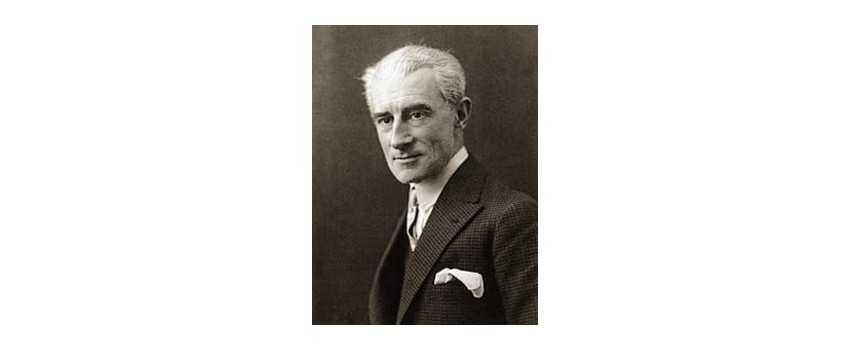Ravel, Pavane Pour Une Infant Defunte For Viola Or Cello (Schott)
Ravel, Pavane Pour Une Infant Defunte for Viola or Cello (Schott)
Ravel, Joseph Maurice, was a composer, pianist, and conductor from France. Along with his elder contemporary Claude Debussy, he is often identified with impressionism, even though both composers opposed the concept. Ravel was generally recognized as France's greatest living composer in the 1920s and 1930s. Ravel was born into a musical family and entered France's premier music academy, the Paris Conservatoire; however, he was not well accepted by the conservatoire's conservative elite, which viewed him poorly, creating a controversy. Ravel established a style with great precision after leaving the conservatoire, integrating aspects of modernism, baroque, neoclassicism, and, in his later pieces, jazz into his compositions. He enjoyed playing with musical form, as illustrated by his best-known work, Boléro, in which repetition replaces creation. Ravel, renowned for his orchestration talents, made orchestral versions of other composers' piano music, the most popular of his 1922 edition of Mussorgsky's Pictures at a Show.

Ravel, Pavane Pour Une Infant Defunte for Viola or Cello (Schott)